PERSPECTIVE
Published on 18 Jul 2022
Making Direct Air Capture Affordable; Technology, Market and Regulatory Approaches
doi 10.3389/fclim.2022.756013
- 6,281 views
- 7 citations
16k
Total downloads
114k
Total views and downloads
PERSPECTIVE
Published on 18 Jul 2022
ORIGINAL RESEARCH
Published on 02 May 2022
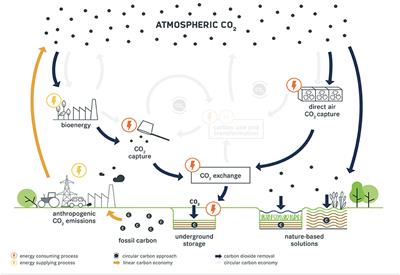
PERSPECTIVE
Published on 10 Feb 2022

PERSPECTIVE
Published on 04 Feb 2022
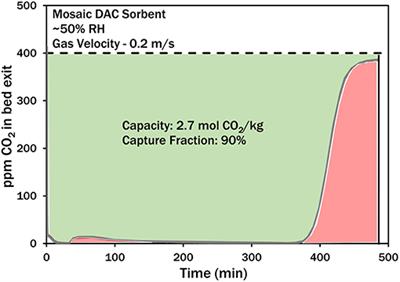
PERSPECTIVE
Published on 14 Oct 2021
PERSPECTIVE
Published on 27 Sep 2021
POLICY BRIEF
Published on 27 Sep 2021
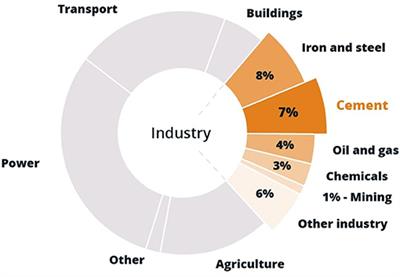
CORRECTION
Published on 06 Sep 2021
PERSPECTIVE
Published on 21 Jun 2021
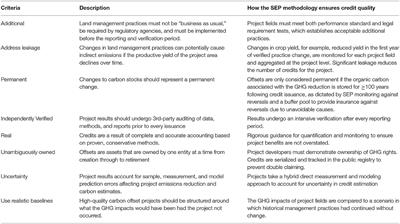
ORIGINAL RESEARCH
Published on 26 May 2021

TECHNOLOGY AND CODE
Published on 06 May 2021
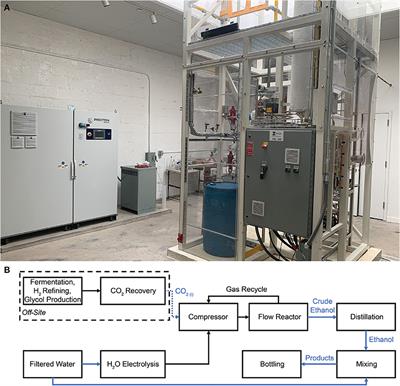
PERSPECTIVE
Published on 07 Apr 2021
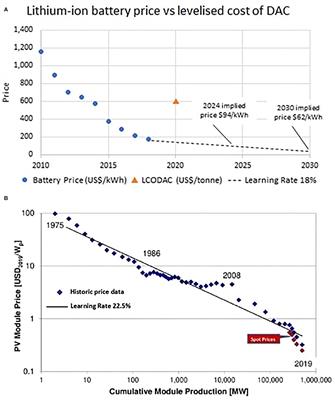
Sponsorship
